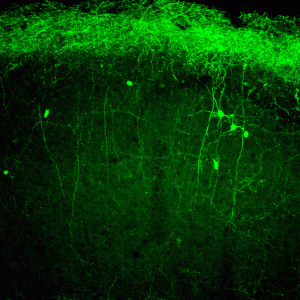What is a motor pattern?

No it’s not a style of children’s wallpaper.
Motor patterns are related to the concept that your body has a predictable sequence of muscle activation for a given task. This underpins much of the functional training methodology.
You must train the entire movement otherwise there will be no transfer to function outside of the gym. Or so goes the thinking.
There’s plenty of research that now suggests we may never perform the same movement the exact same way twice.
Take this study that looked at variability in movement during a golf swing. This is particularly interesting because golfers focus so much on achieving consistency in their swing. While they seem to achieve this in terms of outcome, they may use a different movement strategy each time.
So if your body is capable of varying how it completes a given task, what is the point of training a movement pattern? You will simply give it the opportunity to compensate around your weaknesses.
Rather focus on the individual parts, in particular the weak areas, and let your central nervous system programme the gross movement as it sees fit.
The idea that your body can’t incorporate additional strength if it’s gained in isolation is a little strange, especially given the complexity of the nervous system.
Interneurons for example, which are responsible for collating information from both the sensory and motor segments of the nervous system, have over 1000 connections each.
Bearing in mind there are over a billion of them in the brain, you can start to see how much information your central nervous system is working with.

Teaching the body how to programme movement is ineffective at best. Work on the weak muscles and let your central nervous system do the rest.